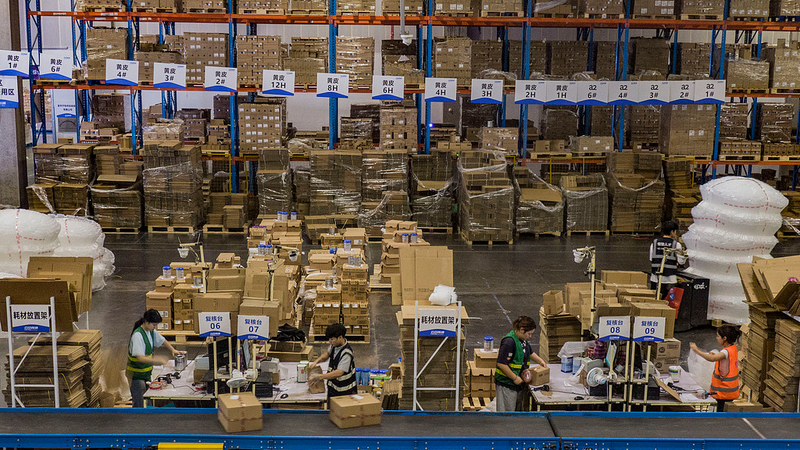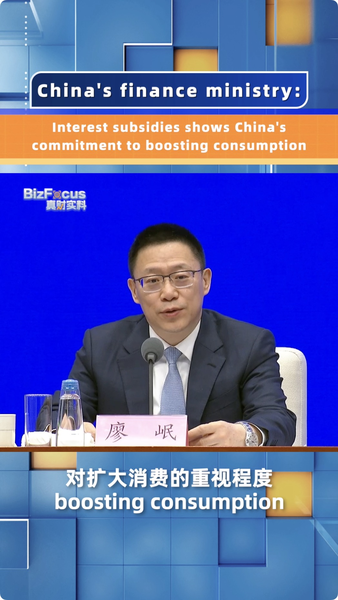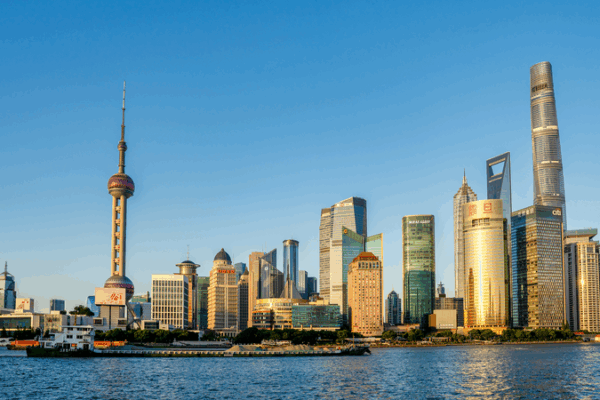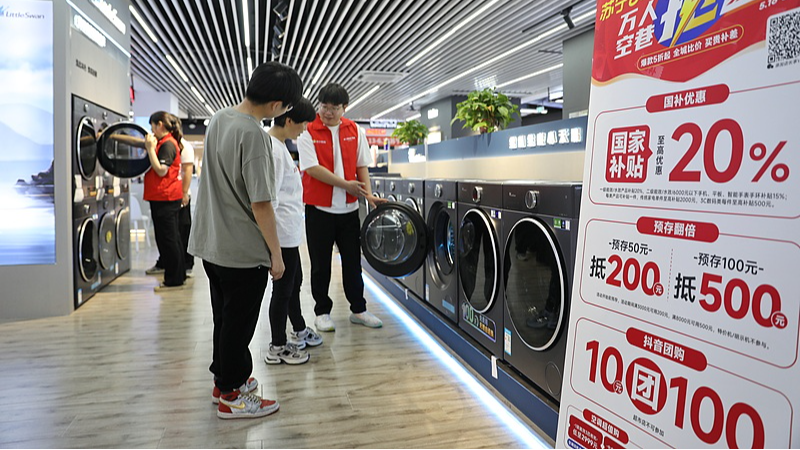
Double 11 Festival Shatters Record: 777M Parcels Handled in One Day
China’s Double 11 festival set a new logistics milestone: postal and express companies handled 777 million parcels in a single day, boosting consumer spending and efficiency.
My Global News: Voices of a New Era
🌍 Stay Ahead, Stay Global 🚀

China’s Double 11 festival set a new logistics milestone: postal and express companies handled 777 million parcels in a single day, boosting consumer spending and efficiency.

The Chinese mainland has rolled out central interest subsidy policies for personal and service-sector loans to unlock consumer spending and boost market vitality.

The Chinese mainland’s economy kicked off 2025 with robust manufacturing, high-tech and consumer gains. Here’s what’s on the agenda for H2 2025.

China’s economy powered through global uncertainty in H1 2025, with 5.3% GDP growth, 7.2% export gains and a 5% rise in retail sales, setting the stage for a new Five-Year Plan.

China pledges 300 billion yuan in 2025 to double consumer trade-in subsidies, aiming to drive domestic spending and green tech upgrades across appliances, vehicles, and devices.

Strong policy support and robust domestic demand are propelling the Chinese mainland economy to new highs, from industrial gains to a consumer spending surge.

China introduces new interest subsidy policies to reduce financial burdens on consumers and businesses, aiming to boost consumption in key sectors.

China introduces measures to stimulate domestic consumption and attract foreign investment, targeting economic resilience through wage reforms and market access expansion.

China’s consumer prices rise 0.5% in January, driven by Lunar New Year spending on food, travel, and services, signaling shifting consumption patterns.

China’s 2025 Spring Festival ignites a strong consumption surge, with policies and vouchers boosting sectors like retail, tourism, and automotive, driving economic growth.